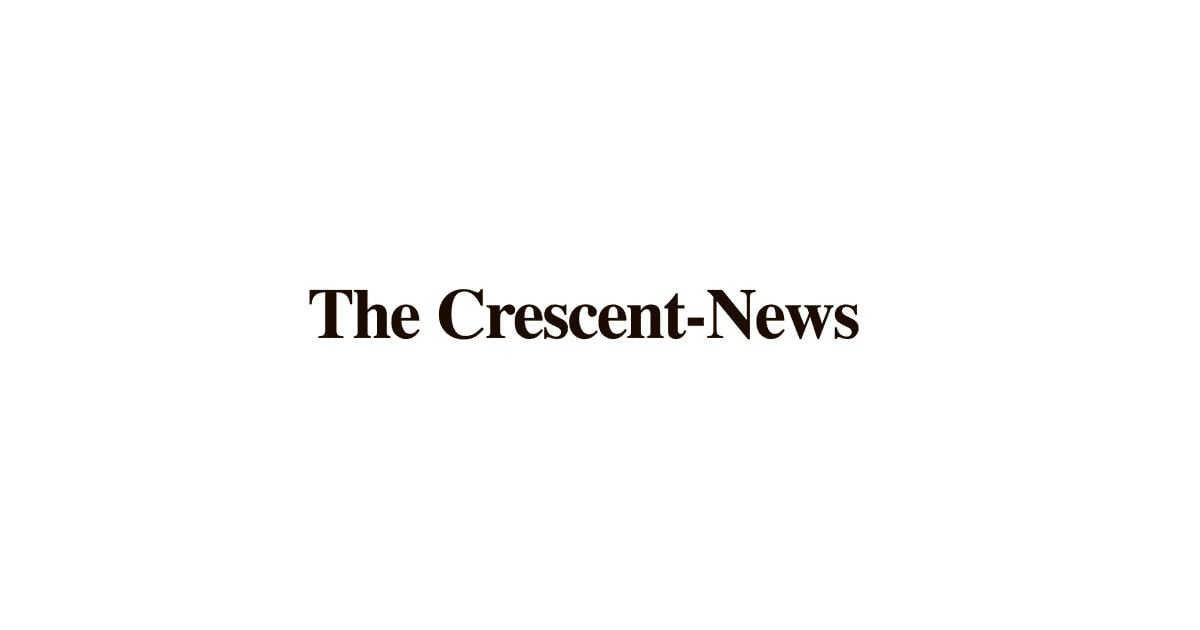Every first Friday of the month, economists and traders wait for the Labor Department’s jobs report. Now, with the government shut down, those crucial numbers never arrived—leaving the nation guessing about its economic health.
Lack of jobs data due to government shutdown muddies view of hiring and the US economy

Key Takeaways:
- The Labor Department usually releases its monthly jobs report on the first Friday of the month at 8:30 a.m. Eastern.
- Ongoing government shutdown has stopped the data release.
- Economists and analysts rely on this information to assess U.S. hiring trends.
- The Federal Reserve uses the jobs report to shape monetary policy.
- Lack of data creates significant uncertainty about the economy’s direction.
The Missed Report
From Wall Street trading floors to the Federal Reserve to countless economists working in their offices, the first Friday morning of every month is normally devoted to interpreting the Labor Department’s new jobs numbers. This singular report provides essential insights into hiring trends, unemployment rates, and broader economic indicators. But on this occasion, the government shutdown has resulted in no new data, leaving an unusual void where crucial figures would typically appear.
Why the Jobs Data Matters
The monthly jobs report carries more weight than almost any other economic release. Economists view it as a barometer of economic health, analyzing changes in employment rates to understand overall growth. It also offers businesses and policymakers a reading on whether hiring is strong, stagnant, or declining, helping them decide how to invest or plan for the future.
Impact on Federal Reserve and Wall Street
Without the official numbers, the Federal Reserve faces hurdles in evaluating labor market conditions. The central bank’s decisions on interest rates and other monetary policies often hinge on employment statistics. Similarly, Wall Street traders typically seize upon the data to anticipate how markets might move. Now, investors are left to speculate on what the economy might look like without the usual benchmark.
Where Economists Stand Now
Economists often build models around the monthly jobs data to forecast everything from consumer spending to long-term growth prospects. In its absence, many find themselves working with incomplete pictures and uncertain assumptions. This lack of clarity ripples across financial institutions, corporate strategy meetings, and policy debates—illustrating just how critical these government-issued statistics are to forming a coherent view of U.S. economic health.











